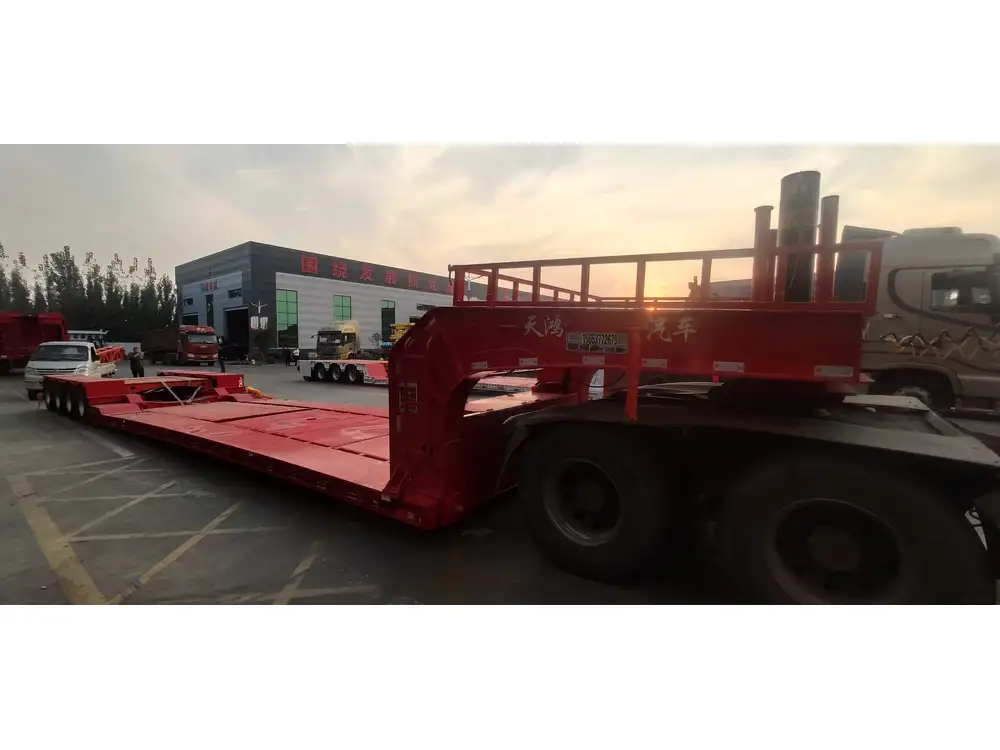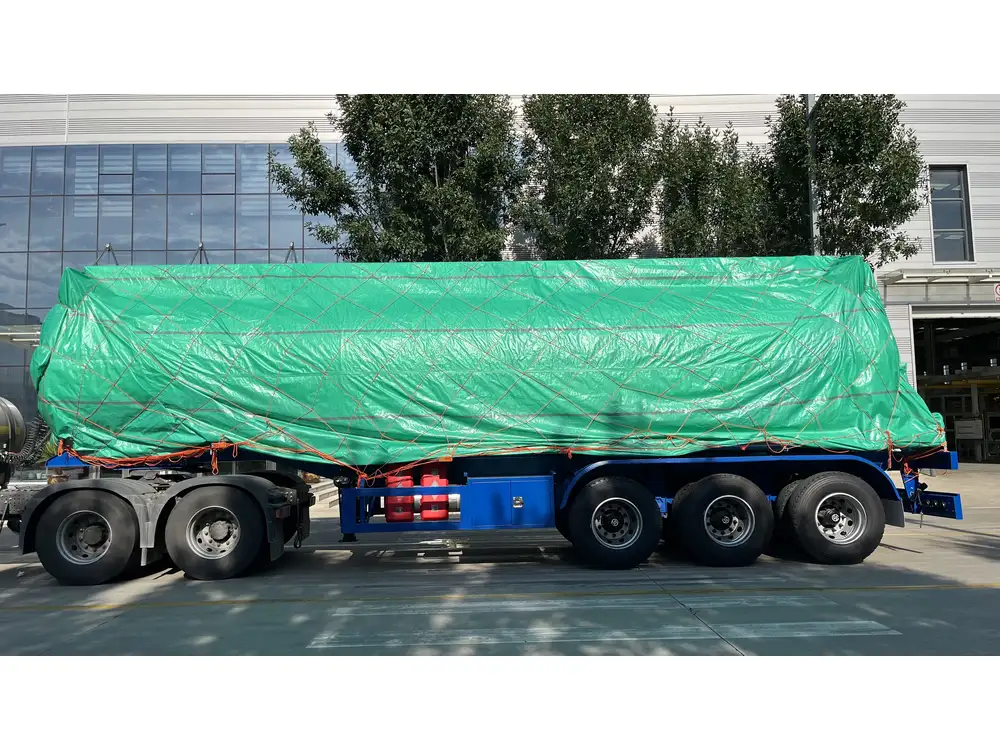When considering the logistics of transporting a 40 ft shipping container, numerous questions arise regarding the compatibility with trailers, efficiency in transport, and the legality of such operations. Understanding these aspects can enhance operational efficiency while ensuring compliance with regulations. This article delves into the critical considerations around attaching a 40 ft shipping container to a trailer.
Understanding Shipping Containers and Trailers
Overview of Shipping Containers
Shipping containers are standardized steel boxes used primarily for transporting goods across long distances via ships, trucks, and trains. The 40 ft container is among the most common sizes, offering ample space and robustness.

Key Specifications
| Specification | Details |
|---|---|
| Length | 40 feet |
| Width | 8 feet |
| Height | 8.5 feet |
| Maximum Gross Weight | Approximately 67,200 lbs |
| Capacity | About 2,390 cubic feet |
Overview of Trailers
Trailers are vehicles without their own power used to transport goods. They come in various types, including flatbeds, lowboys, and container chassis, each designed for specific transport needs.
Types of Trailers Suitable for Containers
| Type of Trailer | Description |
|---|---|
| Container Chassis | Specifically designed for transporting containers. |
| Flatbed Trailer | Versatile option suited for various load types but requires securing equipment. |
| Lowboy Trailer | Ideal for transporting oversized items but may not provide sufficient height clearance. |

Can You Attach a 40 ft Shipping Container to a Trailer?
Compatibility Considerations
Attaching a 40 ft shipping container to a trailer is feasible under specific conditions. The primary considerations include:
Trailer Specifications: The trailer must be compatible with the dimensions and weight of the container. A container chassis is the most suitable option as it is specifically engineered to support shipping containers.
Weight Distribution: Proper weight distribution is essential to maintain vehicle stability. The combined weight of the trailer and container should not exceed the gross vehicle weight rating (GVWR) of the towing vehicle.
Securing the Container: The container must be adequately secured to the trailer to ensure safety during transit. This can involve using twist locks, securing chains, or straps to prevent shifting.
Legal Considerations
Transporting a shipping container involves complying with local, state, and federal regulations. Key points include:
Weight Limits: Ensure that both the container and trailer together do not exceed enforced weight limits on highways. Each state has specific regulations governing maximum load capacities.
Permits and Licensing: Depending on the jurisdiction, you may require special permits for transporting oversized or heavy loads. Always check local regulations before proceeding with the transport.

Preparation for Transport
Before attaching a 40 ft shipping container to a trailer, several preparatory steps must be taken:
Inspection: Conduct a thorough inspection of the container and trailer for structural integrity. Look for rust, dents, or any signs of damage that might affect safety.
Equipment: Ensure you have the appropriate equipment for lifting and securing the container. This may include cranes or forklifts to position the container accurately on the trailer.
Securing the Load: Use twist locks to attach the container securely to a chassis designed for shipping containers. Ensure that the locks are properly engaged and check them regularly throughout transit.
Benefits of Attaching a Shipping Container to a Trailer
Flexibility in Transportation
Attaching a 40 ft shipping container to a trailer offers substantial flexibility. This setup allows businesses to easily transport goods across various terrains, whether overland or interfacing with port facilities.

Cost-Effectiveness
Transporting goods in containers can help reduce costs associated with logistics, such as double handling or freight charges. When combined with appropriate trailers, this method can lead to significant savings in operational expenses.
Enhanced Security
Shipping containers provide a secure space for goods, protecting them from theft or environmental conditions. When attached to a trailer, they offer an additional layer of security, ensuring that cargo reaches its destination intact.
Strategies for Safe Transport

Route Planning
Prior to transport, meticulous route planning is paramount. Considerations should include:
- Height Restrictions: Assess the route for any low bridges or overpasses to avoid delays or damage.
- Weight Restrictions: Identify roads with weight limits and ensure your load complies.
- Traffic Patterns: Plan for peak traffic times to minimize delays and enhance safety.
Regular Checks
Frequent checks during transport can mitigate potential issues. This includes stopping to verify that the container remains securely fastened and that the trailer is functioning correctly. Perform visual inspections at rest areas and during scheduled breaks.
Emergency Preparedness
Develop an emergency plan in case of unforeseen events. This should include:
- Contact information for local authorities.
- A checklist of needed emergency supplies, such as cones, warning triangles, or heavy-duty tarps.
- A protocol for handling accidents or breakdowns, ensuring driver safety and minimizing downtime.

Conclusion
Attaching a 40 ft shipping container to a trailer is not only possible; it can be an incredibly efficient method for transporting goods over long distances. By selecting the appropriate trailer, adhering to legal regulations, and taking proactive, safety-conscious measures, manufacturers and logistics providers can maximize their operational capabilities and ensure a smoother transport process.
Whether for commercial use or personal undertaking, understanding the nuances around container transport can facilitate a seamless workflow, enhance safety, and ultimately lead to improved cost-effectiveness.
Additional Resources
- Dot Regulations: Federal Highway Administration
- Container Transport Guidelines: International Maritime Organization
By equipping yourself with the right knowledge and tools, you can confidently tackle the logistics of container transport, allowing your business to thrive in an increasingly competitive landscape.



